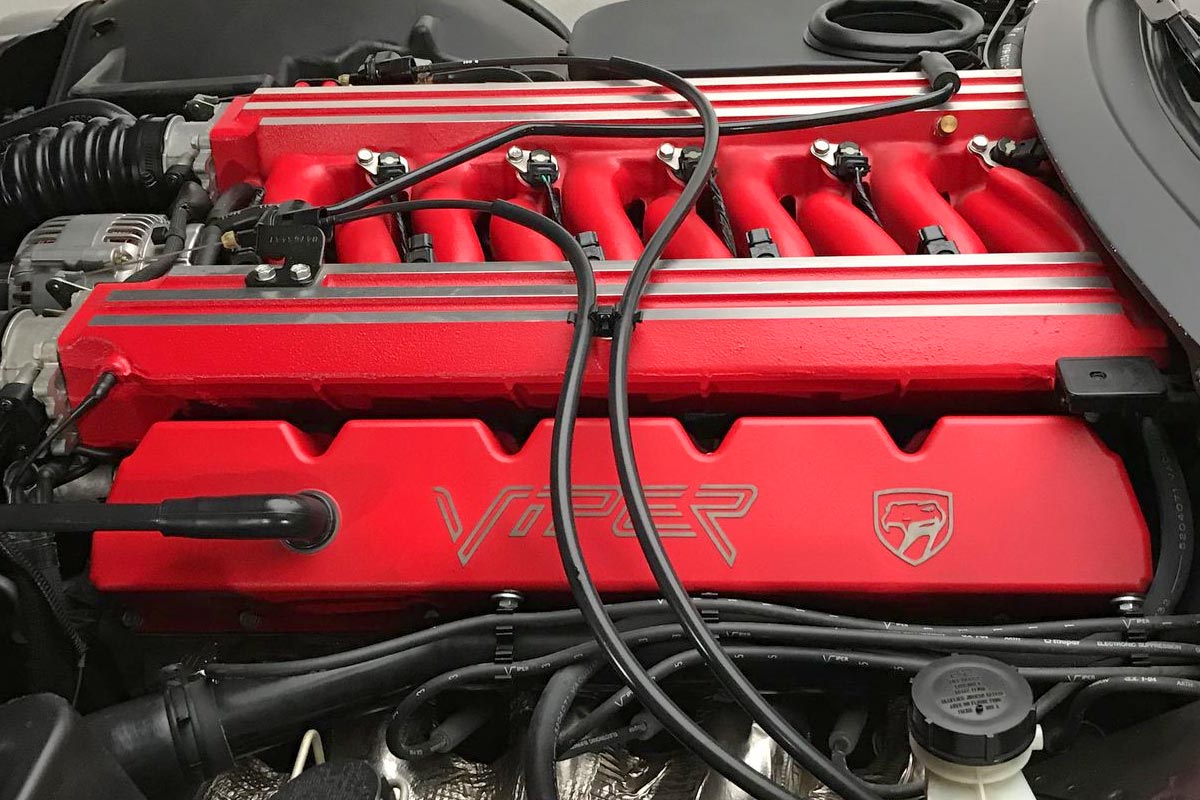
When you think of the Dodge Viper, you immediately think of a brutal car with mechanicals straight out of Detroit: endless hood, beastly silhouette and, above all, a ten-cylinder roar that's unique in the world. But behind this American icon lies an unexpected story: its V10 engine, a symbol of excess, exists thanks to... Lamborghini.
A president's dream
In the late 1980s, Chrysler president Bob Lutz had a bold idea: to recreate the spirit of the legendary Shelby Cobra. A radical sports car, stripped of all superfluous comforts, but with a monstrous engine that would leave no one indifferent.
The concept was unveiled in 1989 at the Detroit Auto Show. Shortly afterwards, the first VM01 mule ran on a Chrysler 360 V8, chosen not for its performance but because its weight was close to that of the future aluminum V10. This car was mainly used to validate the suspension and convince management - François Castaing, Vice-President of Engineering, remained skeptical.
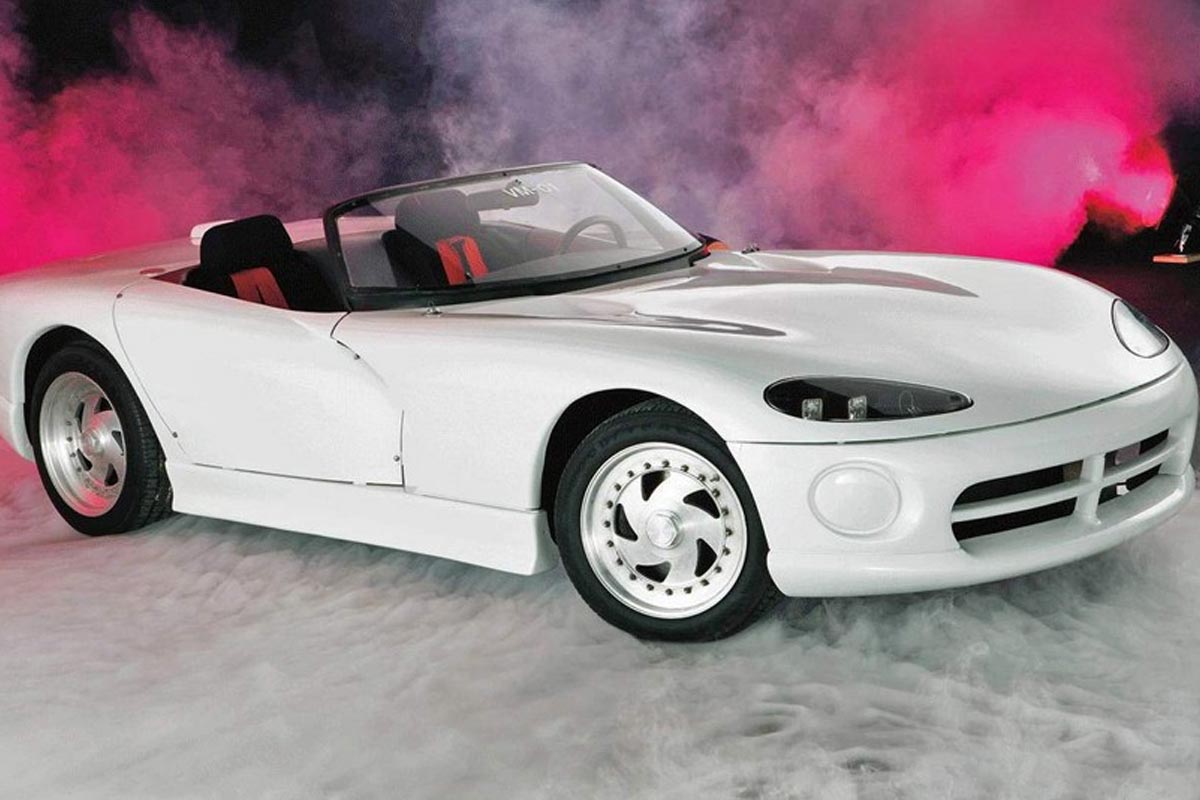
Bob Lutz ended up testing the prototype himself on the streets of Highland Park, with Roy Sjoberg, the project's chief engineer. Seduced, he decided: "It's exactly what I had in mind. The green light was given.
From truck to supercar
The genesis of the Viper's V10 is a blend of two Chrysler worlds.
- In terms of architecture, the engine is derived from Chrysler's LA V8s, with the 90° angle retained.
- In terms of industrialization, the initial idea was to use a cast-iron V10 developed for trucks. But this engine weighed almost 900 pounds (over 400 kg) and was totally unsuitable for a sports car.
Chrysler then entrusted the mission to Lamborghini Engineering, based in Modena and headed by Mauro Forghieri (ex-Ferrari in F1). The Italians designed an all-new aluminum engine, more than 200 kilos lighter, capable of developing 400 hp and 610 Nm of torque from 8.0 liters of displacement, using 89-octane fuel.
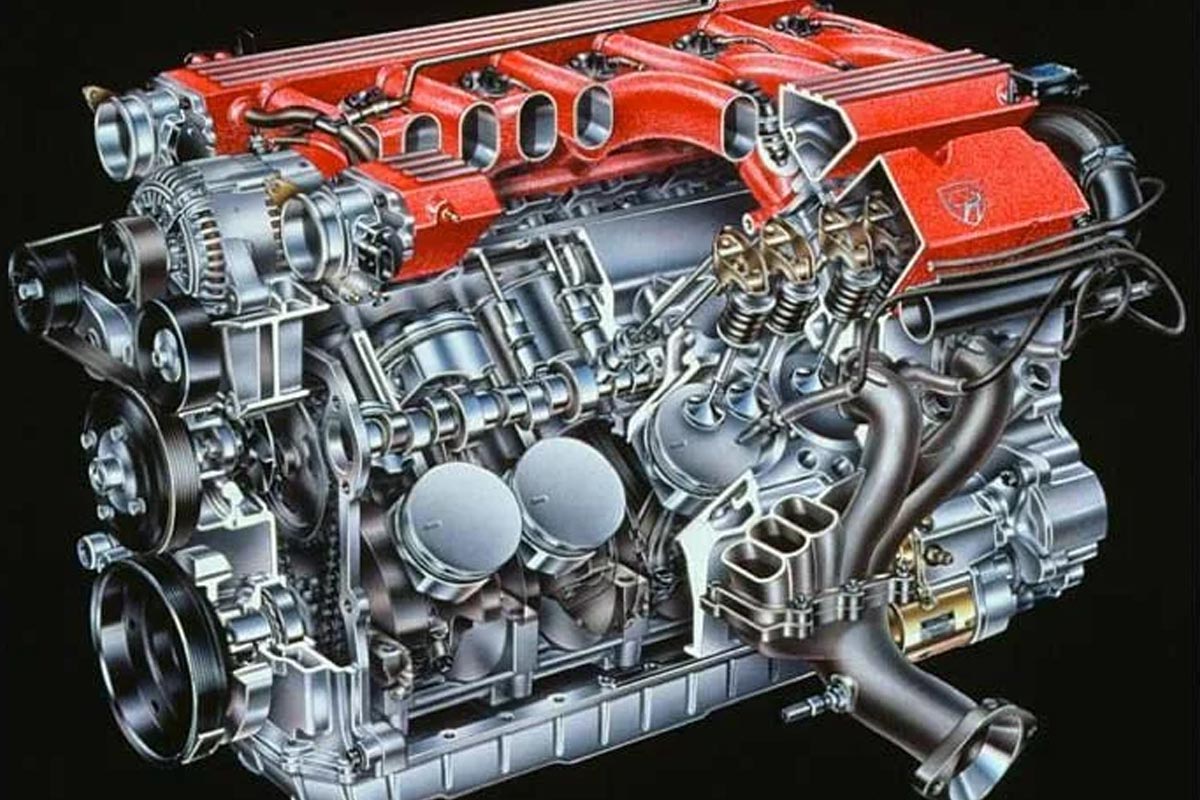
Lamborghini's expertise focused on cooling, crankshaft balancing, weight reduction and fine-tuning. Willem Weertman, the Chrysler engineer behind the LA V8, was also called in to oversee the project.
Compared to the truck V10, almost everything is specific: low intake with double butterfly, cylinder heads, manifolds, oil sump, accessory timing, higher compression ratio, lightened pistons, enlarged valves, reinforced connecting rods and crankshaft. In practice, few parts were common.
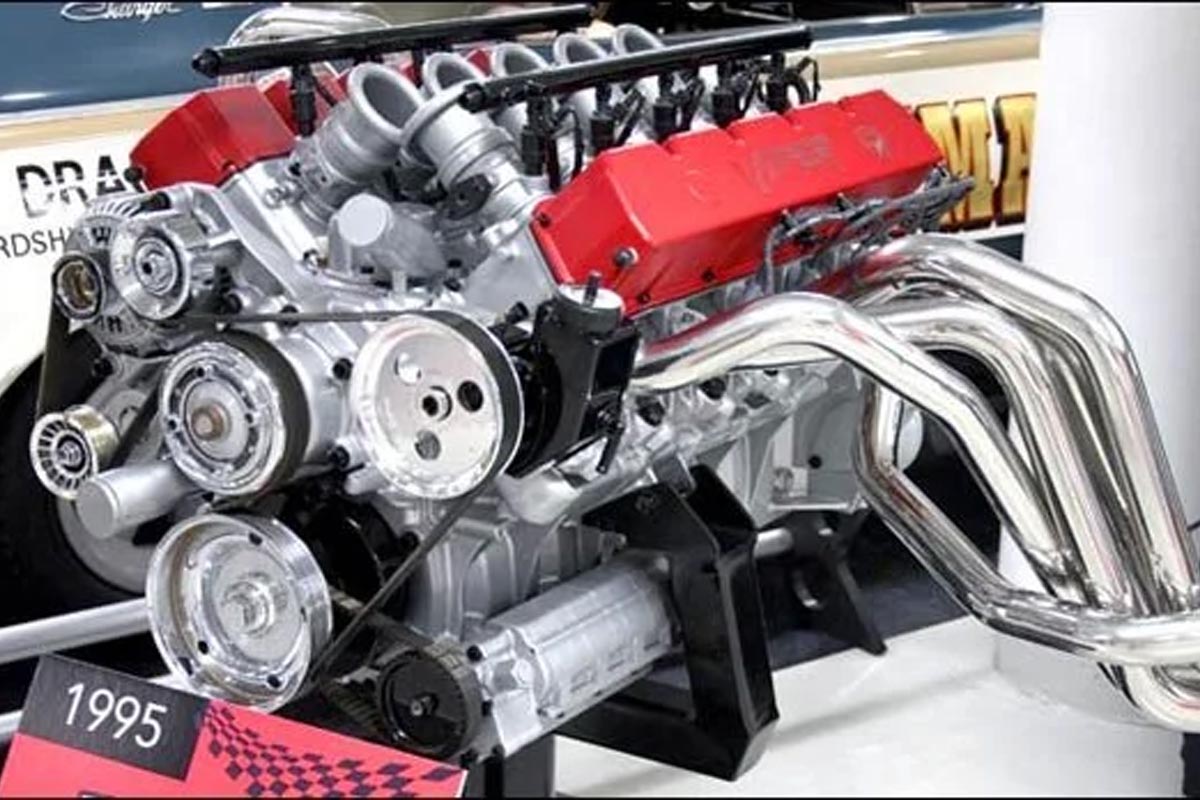
The result is a brutal engine, limited to 6,000 rpm due to massive pistons, but with titanic torque, which gives the Viper a wild and unique temperament. As Dick Winkles would later sum up: "The car was just a place to put my engine."
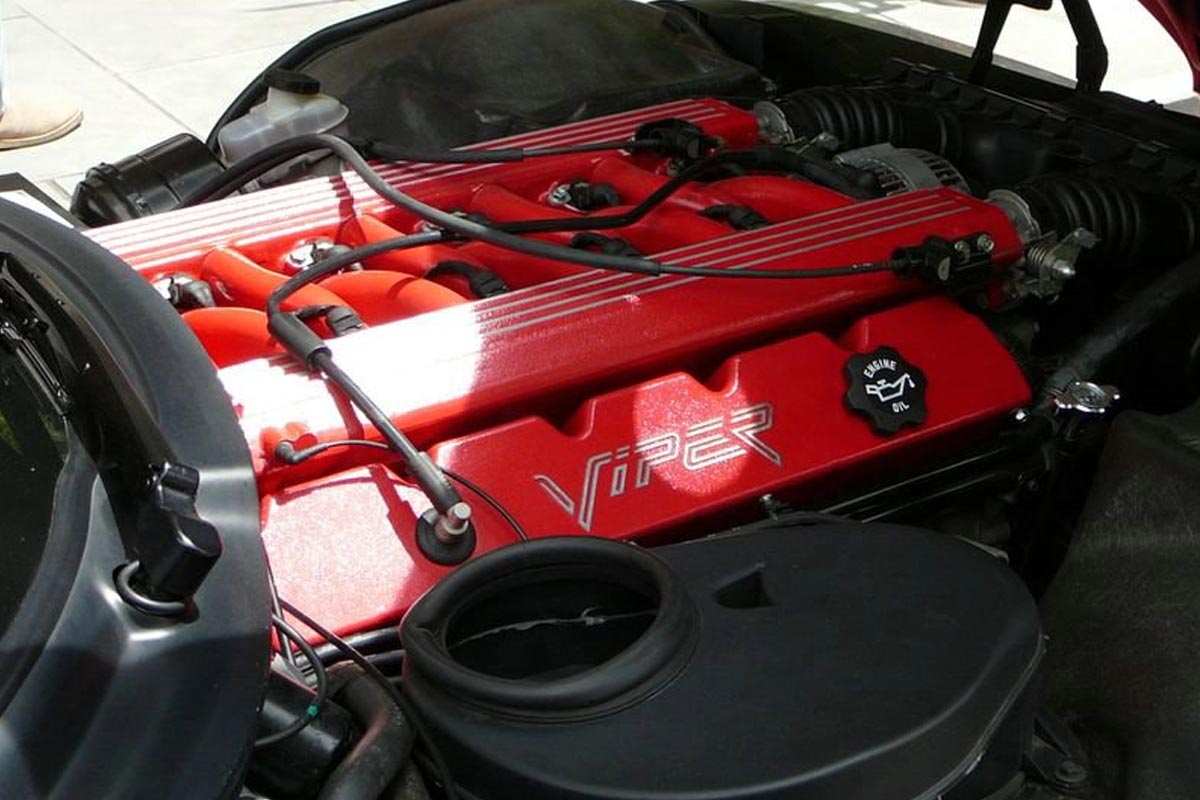
Dick Winkles, "Mr. V-10".
If Lamborghini shaped the raw material of the V10, it was an American who gave it its soul: Dick Winkles. The son of Michigan workers, he joined Chrysler in 1981 and quickly became the group's "high performance" engineer.
Sent to Italy in 1988, he was exposed to the Formula 1 Lamborghini V10 program as part of a technical exchange program. On his return, he joined Team Viper in 1989 as a development engineer. For over twenty years, until 2015, he was the man behind the V10, guaranteeing power, torque, reliability and engine evolution. Nicknamed "Mr. V-10", Winkles remains one of the few engineers to have contributed to every generation of the Viper.
Brutal but endearing car
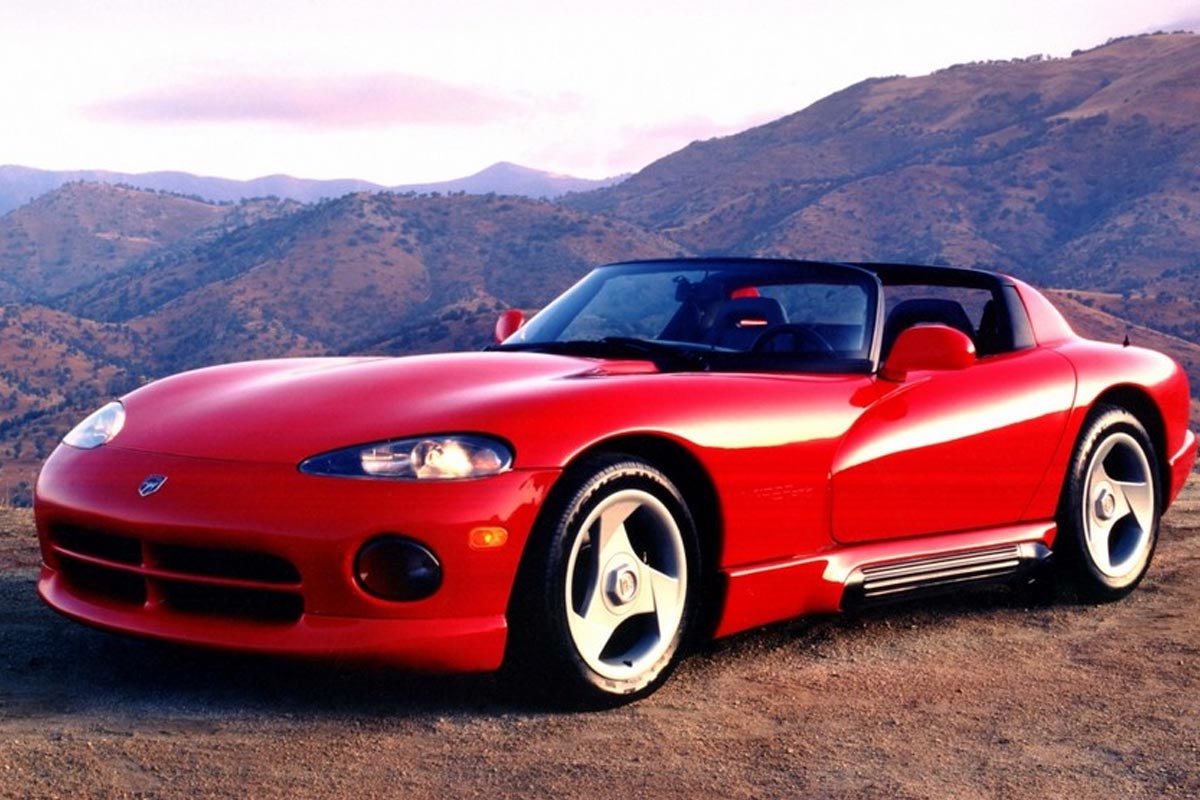
The first Viper RT/10, launched in 1992, was almost a caricature: no windows, no waterproof roof, and a wild driving style. Only 155 units were produced in the first calendar year, while the New Mack plant in Detroit ramped up production. In 1993, 895 units followed, then almost 2,900 in 1994. Prices rose rapidly, topping the $54,000 mark, proof that demand was real.
In 1996, the more usable GTS coupé was launched. Then in 2003, the second generation brought a little more comfort. Displacement climbed to 8.3 and then 8.4 liters, and power to 600 and then 640 hp. But the DNA remains intact: an uncompromising supercar built around a colossal engine.
The end of a myth...
In 2017, the Viper bowed out. Its career was long, but marked by modest volumes that never allowed it to become a true commercial success. Yet its engine remains a legend: conceived from the Chrysler LA V8, dreamed up as a V10 truck, transformed by Lamborghini, refined by Willem Weertman and sublimated by Dick Winkles. Even today, every roar of a Viper V10 carries an echo from Italy.
